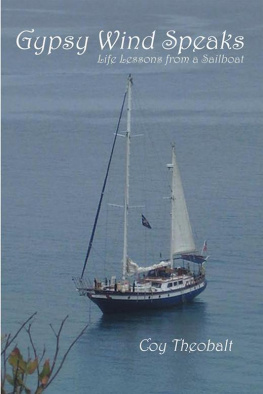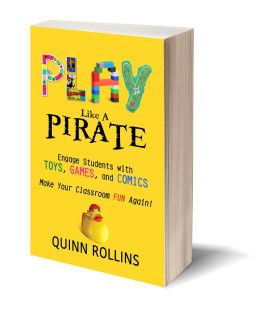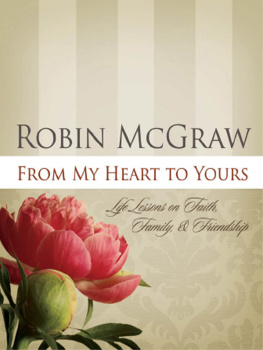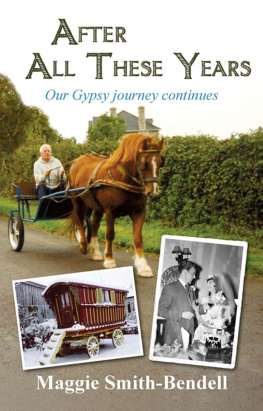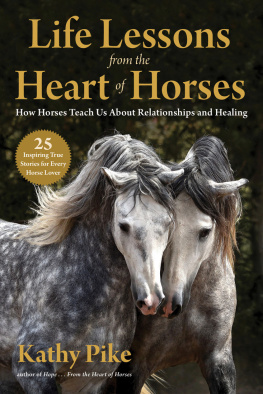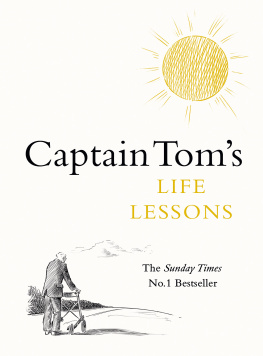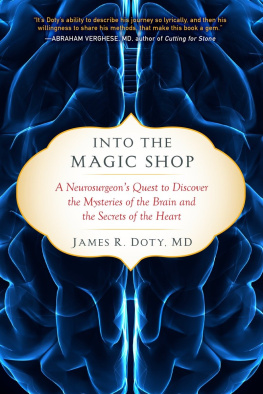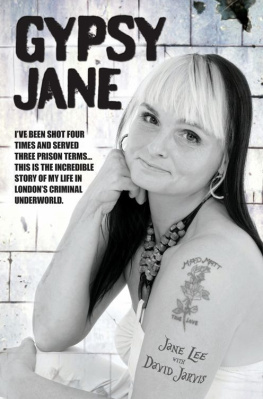Gypsy Wind Speaks
Life Lessons from a Sailboat
Coy Theobalt
Copyright 2016 by Coy Theobalt.
Library of Congress Control Number: | 2016905012 |
ISBN: | Hardcover | 978-1-5144-7656-7 |
Softcover | 978-1-5144-7655-0 |
eBook | 978-1-5144-7654-3 |
All rights reserved. No part of this book may be reproduced or transmitted in any form or by any means, electronic or mechanical, including photocopying, recording, or by any information storage and retrieval system, without permission in writing from the copyright owner.
Any people depicted in stock imagery provided by Thinkstock are models, and such images are being used for illustrative purposes only.
Certain stock imagery Thinkstock.
Rev. date: 04/04/2016
Xlibris
1-888-795-4274
www.Xlibris.com
732852
CONTENTS
PART ONE
Starting at the Beginning
PART THREE
The Other Side of the World
PART FOUR
Back in the Islands
PART FIVE
Everything Changes, Everything Ends
This book is dedicated to Kevin Maddock, my dear friend and fellow boat captain.
His direction, support, challenge, and humor were imperative in my living my personal dream.
We all miss you like crazy. Cancer may have taken your life but not your spirit.
Thanks for all the tough love.
There are so many people that have supported my insanity over the years. My thanks go to Tim Lane for getting me back on the water; to Capt. Barry Graves for having sold me a fine boat; to Greg Geisen for your friendship and encouragement; to Paige, the bartender at the Elysian Resort, for being a great friend and listener to my stories and rants; to Cindy Shearer and Kevin Maddock for giving me a place to come to when I thought I was going insane and for great grilled cheese sandwiches; to Mike and Karen Miller for their friendship and many gallons of great coffee; to Jordan Barrows for joining me in the journey and becoming more than just a friend; to Paul Drda for your humor and lighthearted approach as well as your ability to fix anything; to Paul Jefferson for teaching me about the fine art of bumbledicking; to Derek Kellenbeck for your story in the book and being one hell of a first mate; to Gary Garner for your friendship and the use of your island car; to Fred Melton for inspiring me to finish the book by your writing.
I would also like to thank my children, Coy Austin and Morgan Elizabeth, for loving your old man in spite of himself and supporting his lifelong dream.
Thanks to Nell Davis, my former spouse, for your support and encouragement to do it while you are still able.
To Charlie, the love of my life, for keeping my ass in the chair long enough to finish this project.
I would be remiss if I didnt thank Jeanne Uphoff Anderson, my first editor, for keeping me on track and reminding me I wrote it for my grandchildren.
Finally, I salute the great folks at Xlibris Books for holding my hand through the process.
For a number of years, people would hear me chatting about my time on the water and ask, So youre a sailor? Id hem and haw and say, yes, I sailed and that I loved sailing. But it was very hard for me to actually reply with certainty, Yes, Im a sailor.
My resistance to this declaration comes from the many books Ive read about the adventures of sailors around the world. Real sailors were those who had faced death and destruction many times, only to emerge from the cold salty waters beaten but ready to live another day. Those people were sailors, in my mind. A person who sails is someone who takes his boat out on a pleasant and benign day, weather-wise, and sails back and forth across the lake while enjoying a favorite beverage. On the other hand, sailors are made of grit and salty air, with hands callused and red from the wind and sun.
The day started out as a routine outing, riding the wind across Santa Barbara Channel.
The day I truly became a sailor started out as a routine outing on Santa Barbara Channel just off the coast of Southern California; we were planning a four-day trip around the Channel Islands. The channel is only about thirty-five miles wide, and according to my sail plan, wed be in a safe harbor in five to six hours. It was a beautiful day, with the Weather Channel reporting eighteen to twenty knots of wind and five- to seven-foot seasa perfect day for a sail with two crewmates. Tim Lane was a novice like myself, and Greg Geisen was a complete rookie.
We motored out of the Santa Barbara Sailing Center in a relatively new thirty-two-foot Hunter sloopone mast, basic rigging. We had gone over the pretrip list in the morning over strong coffee and bagels. Tim made our lunches before heading out so we wouldnt need to be below deck any longer than necessary. Our sail plan called for us to motor northwest from Santa Barbara for about an hour and then turn due west and set our sails so we could ride a nice leisurely breeze across the channel.
All was well as we unfurled the sails one by one and felt the surge of the boat underneath us as she picked up speed. The best sound in the world to a sailor is when you turn off the engine and hear the wind in the sails. We set our course of 285 degrees west-northwest, trimmed the sails, tidied up the boat, and sat back to enjoy a great day on the water.
To this point in my sailing career, I had traveled a maximum of fifty miles in a day across open waters without being able to see the destination, and this trip was much shorter. We could make out the high hills of Santa Rosa Island in the distance.
As we sailed along, we chatted about the physics of sailing, a subject that continues to fascinate me the more Im on the water. My buddy Greg asked the typical questions, like How can we go into the wind and yet go forward? I began to notice the swells getting deeper as we talked, but I had no worries at that point, as the little sloop glided up and down with ease. My thoughts returned to physics. Did I mention this happened to be Gregs first experience sailing?
About two hours into the trip, the wind picked up, blowing from twenty to twenty-five knots. This is a perfect wind speed for someone who sails often, but I noticed Gregs knuckles turning a shade of blue white as he gripped the side of the cockpit. The boat was heeled over (leaning over more in the wind) than he was comfortable with, so I gently eased the line that controlled the mainsail, and the boat took a more upright position on the water.
After making this adjustment, I saw that the ocean was looking more menacing. The swells were deepening, and the wind had increased once again. It was blowing close to thirty knots. I realized at this point Tim was reaching for the deck bucket, not to swab the deck but to use for other reasons. He was greener than the sea, and the look on his face said, This isnt a good thing.
All we could see on either side was a wall of seawater.
By now, the sea swells had increased to the point that when the boat reached the bottom of the swell, all we could see on either side was a wall of seawater. The wind really began to howl, and I started thinking about what we should do next to keep ourselves on course and safe. My crew, by then, couldnt go up to the front of the boat and accomplish what I thought would be the next best steps. So we decided to drop the mainsail completely and try to get at least one sail tie on the back of the boom to hold it in place.
The next few minutes of this trip are when I realized I was indeed a sailor.
I looked back toward the coast of California to see nothing but a sky filled with sea salt as the wind blew the tops of the swells off into the sky. Looking forward, I saw the same thing. We were twenty miles offshore and eighteen miles from our destination. My assessment of my crew: Tim was so seasick he couldnt walk, and Greg was scared out of his mind. I told them that we were going to be okay, but we had to continue toward the islands rather than turn back. I told them that I needed them to stay focused, do as I said, and hang on. We found life preservers and jack lines to keep us from being thrown overboard.
Next page
